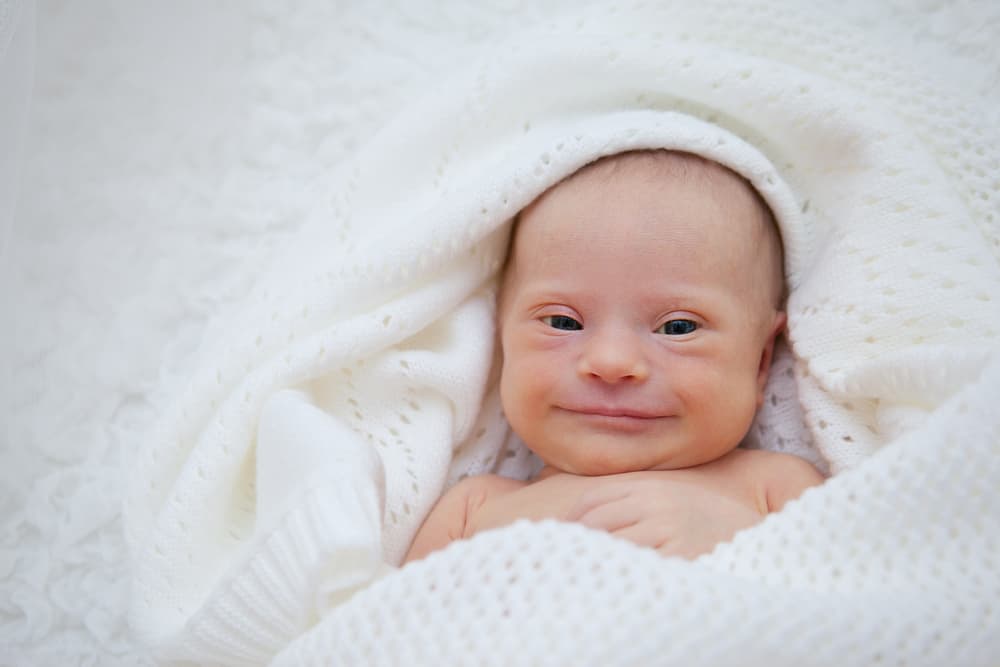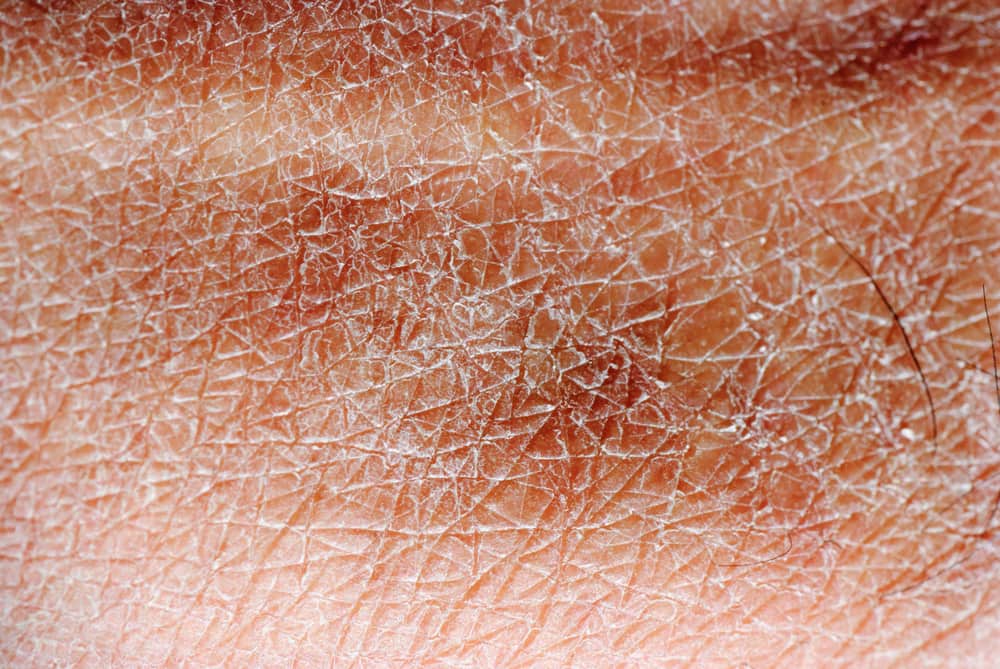Contents:
- Medical Video: Don't Miss Double Marker Test | Down Syndrome Screening
- How to detect Down syndrome children from the womb
- Screening test
- Diagnostic test
- Can down syndrome be recognized when a child is born?
Medical Video: Don't Miss Double Marker Test | Down Syndrome Screening
Down syndrome is one of several genetic chromosomal abnormalities characterized by increasing chromosome numbers. Normally, the total chromosome for each fetal cell in the womb should be 46 pairs. But not for fetuses with Down syndrome, which actually has 47 chromosomes. Actually, is there a way to detect Down syndrome children since they were still in the mother's womb?
How to detect Down syndrome children from the womb
If the ideal chromosome in each cell should be 23 inherited from the mother, and the remaining 23 from the father. Babies with Down Syndrome have an addition on chromosome 21. This chromosome 21 can occur during the process of developing egg cells from the mother, sperm cells from the father, and during the formation of the baby embryo.
This is why in the end the total number of baby chromosomes is not 46 pairs for each cell, but one excess becomes 47. Because the baby chromosome has been formed since it was still in the womb, an in-depth examination can be done before the baby is born.
There are two ways to detect Down syndrome in infants in the womb, namely:
Screening test
Screening may not be able to provide accurate results regarding Down syndrome, but at least it can give a special picture if the baby has this risk. You can do a screening test from the early trimester of pregnancy, by:
- Blood test, which will measure levels of plasma protein A (PAPP-A) and pregnancy hormone human chorionicgonadotropin / hCG). Abnormal amounts of these two hormones can indicate a problem in the baby.
- An ultrasound examination, usually done after entering the second trimester of pregnancy which will help identify any abnormalities in the development of the baby.
- Nuchal translucency test, this method is generally combined with ultrasound which will check the thickness of the back neck of the fetus. Too much amount of fluid in this section indicates abnormalities in the baby.
Diagnostic test
Compared to screening tests, the results of diagnostic tests are far more accurate as a way of detecting Down syndrome in infants. But not for all women, this test is usually intended more for pregnant women whose babies are thought to be at high risk of developing abnormalities during pregnancy, including Down syndrome.
Therefore, when the results of your screening test lead to Down syndrome, the following diagnostic tests can clarify the results:
- Amniocentesis is done by inserting a needle through the mother's womb. The goal is to take samples of amniotic fluid that protects the fetus. The samples obtained are then analyzed to find out the abnormal chromosomes. This procedure can be done for 15-18 weeks of pregnancy.
- Chorionic villus sampling (CVS), almost similar to amniocentesis. Only difference, this procedure is done by inserting a needle to take a sample of cells from the baby's placenta. This procedure can be done within 9-14 weeks of pregnancy.
Can down syndrome be recognized when a child is born?
Certainly can. Facial expression is the most common sign seen when a child has Down syndrome. The size of the head tends to be smaller, the neck is short, the muscles are poorly formed perfectly, the palms are wide along with the short fingers, are some other signs to know children with Down syndrome or not.
Even so, not closing the possibility of down syndrome can also appear without certain symptoms. To make sure more, there are a series of tests that need to be done. This test is called chromosomal karyotype, which is done by taking a blood sample of the baby and then examining the number and structure of the chromosomes, in his body.
If later there are additional chromosomes 21 found in some or even all cells, then the baby is declared to have Down syndrome.













